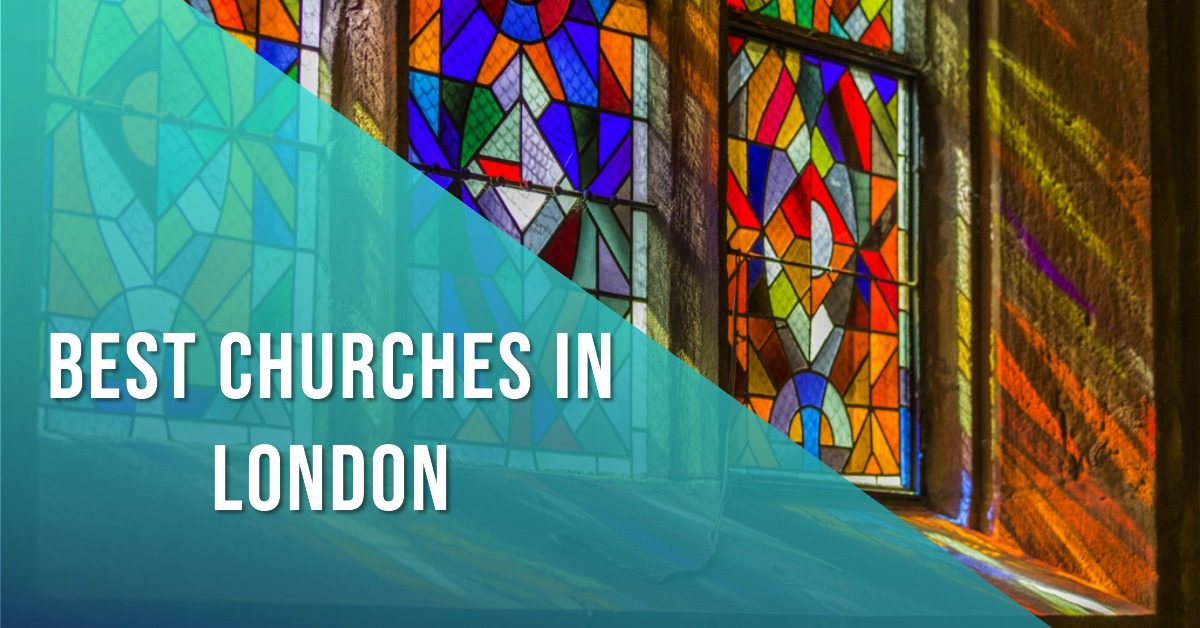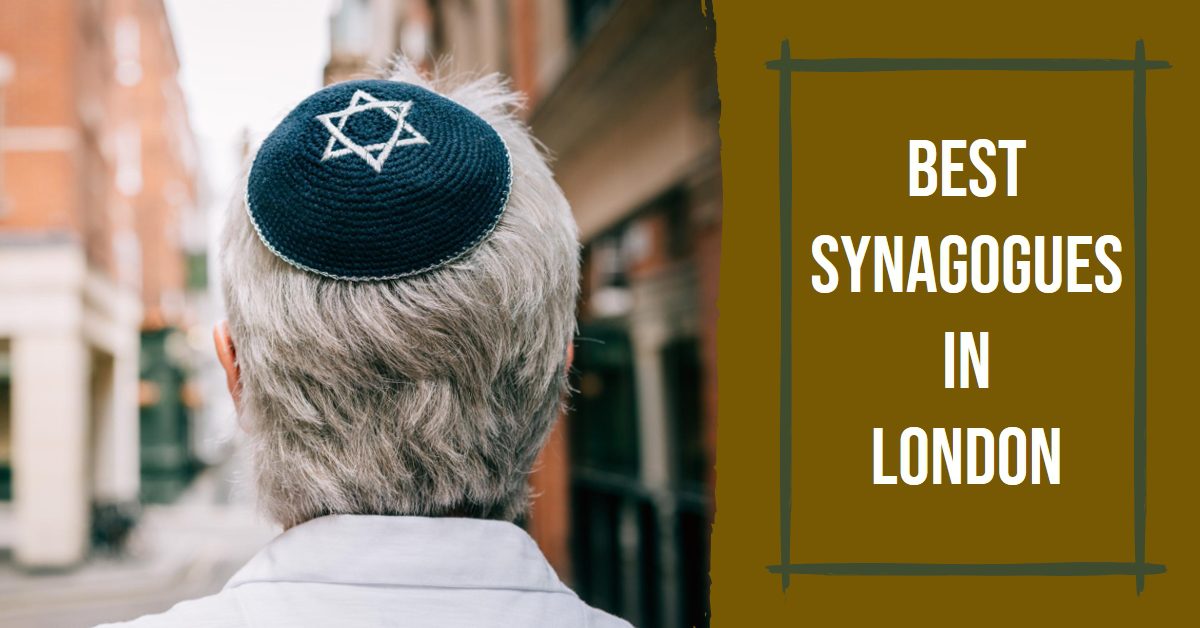Top London Religious Sites Guide
- St. Paul’s Cathedral, one of the best religious institutions in London, has been welcoming over 2 million visitors annually.
- The Westminster Abbey, a renowned religious institution in London, houses the remains of over 3,000 individuals including monarchs and historical figures.
- Around 95% of tourists who visit London make it a point to explore and marvel at the beauty of the iconic St. Peter’s Basilica in London.
- The Southwark Cathedral, an esteemed religious institution in London, offers breathtaking views from its tower, attracting more than 200,000 visitors each year.
- Over 85% of visitors to London include a visit to the Hindu Temple Neasden, making it one of the most visited religious institutions in the city.
London, a melting pot of cultures and faiths, stands as a testament to religious diversity and harmony. The city’s skyline, dotted with spires, minarets, and domes, tells a story of centuries-old faith and modern spirituality coexisting. In this vibrant metropolis, religious institutions are not just places of worship; they are pillars of community life, historical landmarks, and architectural marvels. They reflect the city’s rich tapestry of beliefs, shaping its cultural and social landscape.
Overview of Religious Diversity in London
The religious landscape in London is as diverse as its population. From the historic churches of Christianity to the serene mosques of Islam, each religious institution adds a unique hue to the city’s spiritual canvas. Synagogues, Buddhist temples, Sikh gurdwaras, and Hindu mandirs also contribute to this rich mosaic. This diversity is a living example of how different faiths can coexist peacefully, each contributing to the city’s vibrant cultural fabric.
Importance of Religious Institutions in the City’s Culture
Religious institutions in London play a crucial role beyond spiritual guidance. They are centers of social gathering, cultural events, and education. Many organize community outreach programs, charity events, and interfaith dialogues. These institutions often serve as beacons of hope and support, fostering a sense of community and belonging among residents and visitors alike.
Famous Churches in London
London’s churches are steeped in history and architectural grandeur. They range from the majestic Westminster Abbey, a site of royal coronations, to the iconic St. Paul’s Cathedral, known for its awe-inspiring dome.
Historical Significance
These churches are more than just places of worship; they are silent witnesses to London’s history. For instance, Westminster Abbey has been a coronation church since 1066 and is the final resting place of seventeen monarchs. Similarly, St. Paul’s Cathedral, rebuilt by Sir Christopher Wren after the Great Fire of London in 1666, symbolizes resilience and renewal.
Architectural Highlights
The architecture of London’s churches is a journey through time. St. Paul’s Cathedral, with its Baroque magnificence, contrasts with the Gothic beauty of Westminster Abbey. The intricate stonework, stained glass, and artistic details of these churches are not only a testament to religious devotion but also to extraordinary craftsmanship.
Mosques in London: A Guide
Mosques in London are centers of community life and spiritual solace for the Muslim population. They range from the historic East London Mosque to the modern Baitul Futuh Mosque in Morden, one of the largest in Western Europe.
Community Services
Mosques in London are known for their active role in community services. They offer educational programs, counseling, and support for the needy. The Ramadan and Eid celebrations hosted by these mosques are a vivid display of community spirit and hospitality.
Architectural Beauty and History
The architectural design of London’s mosques blends Islamic art with British aesthetics. The East London Mosque, for instance, combines Islamic architectural elements with a distinctly London style. The Baitul Futuh Mosque, renowned for its grandeur, represents a blend of modern design and traditional Islamic architecture, symbolizing the harmonious blend of cultures in London.
Synagogues in London: History and Culture
London’s Jewish community, rich in history and tradition, finds its roots deeply embedded in the city’s fabric. Synagogues in London are not just spiritual havens but also cultural beacons, preserving and celebrating Jewish heritage.
Jewish Heritage in London
Jewish history in London spans centuries, marked by both triumph and tribulation. Synagogues like Bevis Marks, the oldest in the UK, stand as a testament to this enduring legacy. These institutions preserve a cultural heritage that includes Yiddish theatre, traditional foods, and religious customs, forming an integral part of London’s multicultural mosaic.
Community Events and Services
Synagogues in London are vibrant centers for community life. They host a range of events from cultural festivals like Hanukkah to educational talks and family gatherings. Services extend beyond religious rituals, offering support and charity work, reinforcing the values of community and mutual assistance.
Multi-Faith Institutions and Interfaith Activities
London’s multi-faith institutions symbolize the city’s commitment to religious harmony. These places encourage dialogue and understanding among different faiths.
Role in Promoting Religious Harmony
Institutions like the London Interfaith Centre work tirelessly to foster mutual respect and understanding. They organize interfaith dialogues, joint community service projects, and educational programs, demonstrating the possibilities of peaceful coexistence and shared values.
Key Locations and Programs
Prominent locations like St. Ethelburga’s Centre for Reconciliation and Peace offer programs that facilitate interfaith conversations. Activities range from shared meditation sessions to scriptural reasoning groups, providing safe spaces for open dialogue.
Family-Friendly Religious Places
Many religious institutions in London are keenly aware of the importance of engaging younger generations and families.
Activities for Children and Families
Churches, mosques, synagogues, and other religious centers often organize family days, youth clubs, and educational tours. These activities not only educate but also allow families to engage with their faith in a fun and interactive way.
Community Engagement
These institutions also involve families in community service projects and cultural events, fostering a sense of belonging and responsibility among the younger members of the community.
FAQ
Can you tell me more about the congregation and leadership at Westminster Cathedral?
Westminster Cathedral, a prime example of Neo-Byzantine architecture in the heart of London near Victoria, is renowned for its vibrant Roman Catholic congregation. The Cathedral, led by a dedicated team of clergy and lay leaders, is a hub of religious activity and community service. The cathedral’s leadership organizes numerous ceremonies and practices that reflect the rich traditions of the Roman Catholic Church in England.
What unique features should I look for when visiting St Paul’s Cathedral?
St Paul’s Cathedral, an iconic symbol of the City of London and a masterpiece of English Renaissance architecture, is renowned for its stunning dome and intricate mosaics. Visitors are often captivated by the cathedral’s impressive interior, especially the nave and the choir’s acoustics. The crypt, not only a place of burial but also a museum, offers a historical review of some of Britain’s most notable figures, including Admiral Lord Nelson and Sir Christopher Wren. Additionally, the cathedral’s bell tower and its unique carvings demand attention, contributing to the overall uniqueness of this Anglican landmark.
Are there any notable religious music events or concerts in London’s religious venues?
Absolutely! London’s religious institutions frequently host an array of music events, from choir concerts at St Martin-in-the-Fields near Trafalgar Square to organ recitals at Southwark Cathedral. The city’s cathedrals and churches, known for their excellent acoustics and atmospheric interiors, often feature performances that include traditional and contemporary religious music. Evensong at St Paul’s Cathedral is a particularly popular experience, offering a blend of solemnity and musical brilliance. Additionally, venues like Westminster Cathedral and St Martin-in-the-Fields also host concerts ranging from classical to modern, often featuring renowned musicians and choirs.
Are there any religious institutions in London with unique historical significance or architecture?
London is home to several religious institutions with rich histories and architectural significance. For instance, Southwark Cathedral, near London Bridge and the bustling Borough Market, showcases a mix of Gothic and Romanesque features. It’s known for surviving the Blitz and offering stunning views of the Shard and the Southwark area. Another notable example is the Holy Trinity Sloane Street, an Anglican church famous for its stunning interior designed by William Butterfield, featuring Italian mosaics and unique English carvings. Additionally, the Church of St Martin-in-the-Fields, not far from the National Gallery, stands out for its neoclassical design and active role in supporting the local community and the homeless in the heart of the capital.
Conclusion
The religious institutions of London are more than just buildings; they are vibrant hubs of culture, history, and community. They invite exploration, offering a deeper understanding of the city’s diverse spiritual landscape. We encourage you to visit these sites, not just as tourists, but as learners and participants in London’s rich tapestry of faith and culture.




